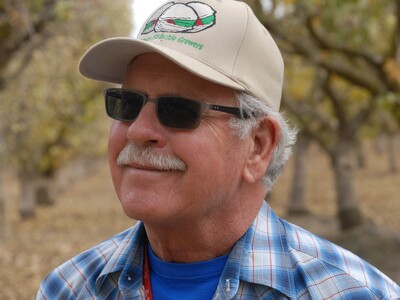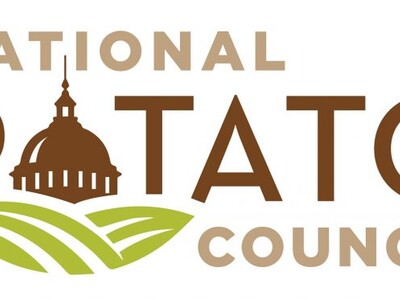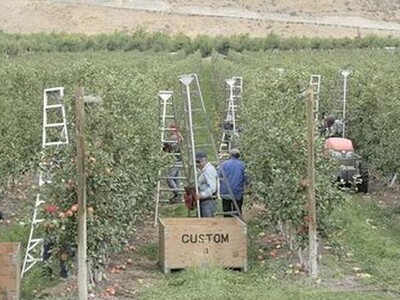Milfoil eradication
I don't care what state you are in, whether it be Idaho, California, Washington… if there is a body of freshwater and it has milfoil in it, it will end up sucking the life out of the lake river or stream and that has a major impact on F & G that depend on that water for life. If you see milfoil, you have to get on it. Idaho State Department of Agriculture spokes person Lloyd Knight described to me how his agency was cleaning up and Idaho body of water called Blue Heart Spring.The Idaho State Department of Agriculture (ISDA) has confirmed the presence of Eurasian watermilfoil, an aquatic noxious weed, in Blue Heart Spring near Box Canyon on the Snake River. ISDA’s recent investigation and sampling confirmed the presence of both Andean watermilfoil, a native species, and Eurasian watermilfoil (EWM).
“This investigation was initiated after Visit Southern Idaho expressed concern about unusual plant growth in Blue Heart Spring,” said Jeremey Varley, ISDA Noxious Weeds Section Manager. “These kinds of reports are vital and underscore the importance of the ‘See Something, Say Something’ philosophy in invasive species management.”
EWM can reduce waterflow, decrease oxygen levels in water, and impede recreation. This is not the first time the plant has been confirmed in Magic Valley.
ISDA now is making EWM eradication plans. ISDA is working with relevant state and federal agencies to ensure agency plans meet applicable permit requirements for the protection of native or sensitive species, including invertebrates, in the area. ISDA provided an update to stakeholders, including those who originally submitted reports, and state and federal agencies with oversight in the area.
The eradication plan will include mechanical removal. This involves carefully pulling plants, including all plant material and fragments. The work will be performed by ISDA staff who are trained to remove plants in such a way as to prevent further spread. Following a detailed pre-treatment survey, work will begin later this spring when the plants have new growth, which increases likelihood of full plant removal. ISDA is asking the public not to disturb the plants as doing so can further spread the plants outside of the spring area.















